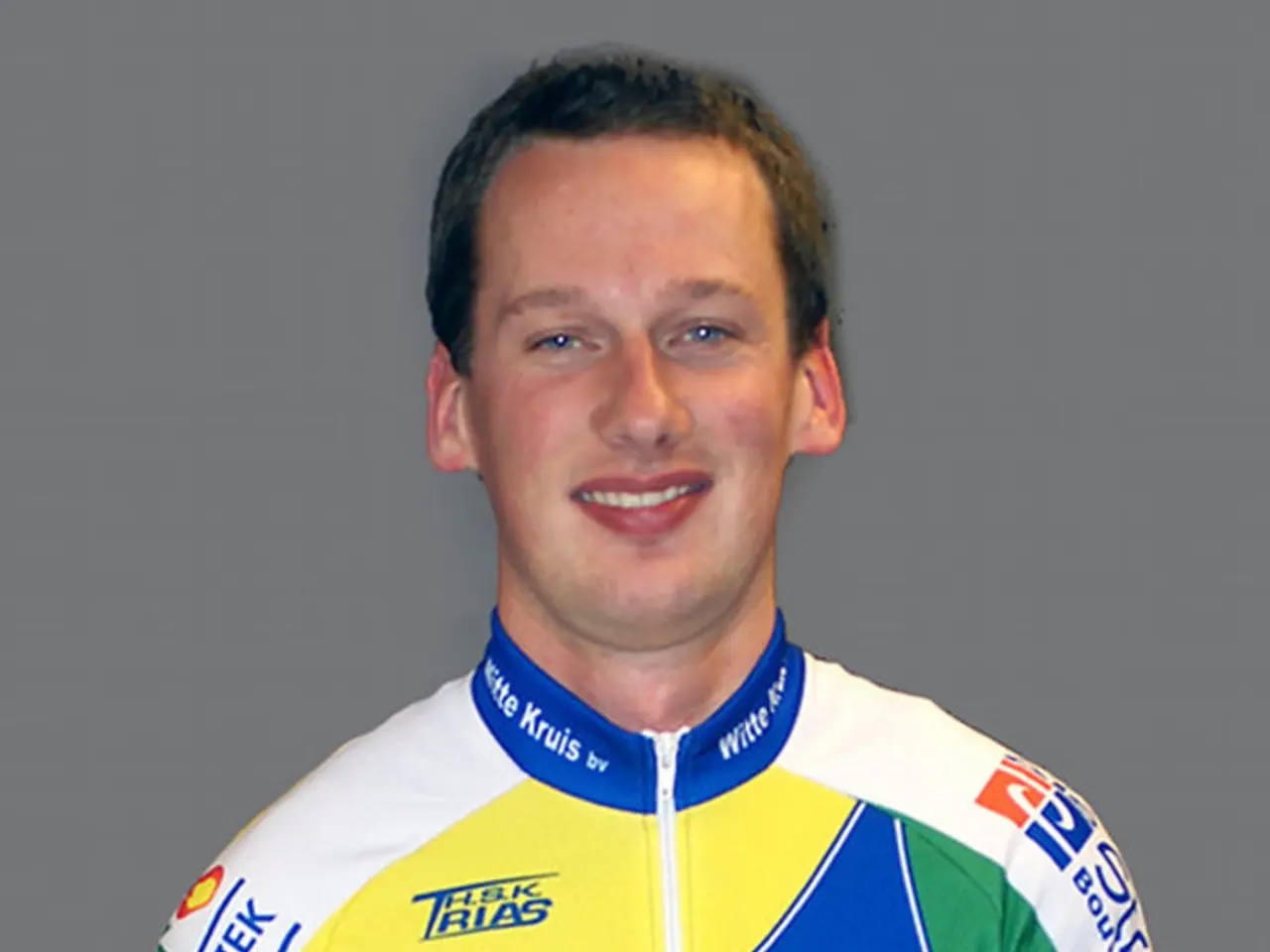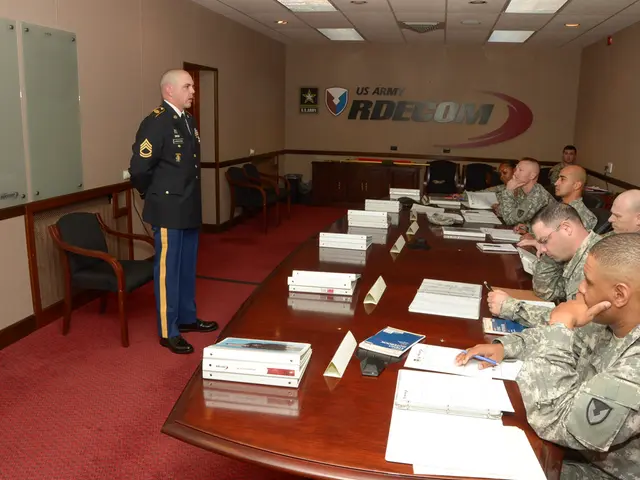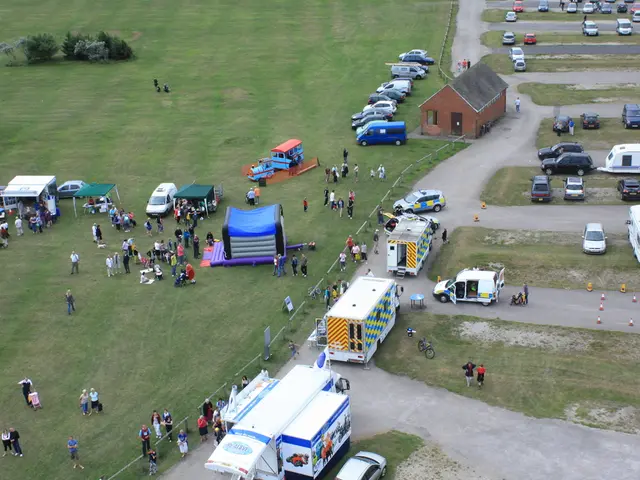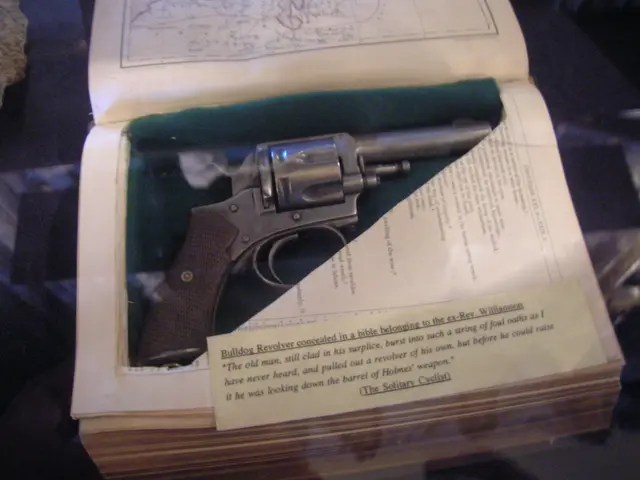College Athletes' Unionization Bid Faces Legal Hurdles
College athletes' quest for employee rights and unionisation faces significant hurdles. The NCAA's amateurism model and legal complexities have stalled efforts to form a players' union.
The NCAA has spent millions defending its amateurism model in court, making collective bargaining with athletes unworkable. The courtroom has become the default arena for resolving college sports' structural conflicts due to the lack of a workable framework for collective bargaining.
Northwestern football players and Dartmouth men's basketball team attempted unionisation but faced legal obstacles and withdrew their petitions. The short duration of college careers and existing benefits from the House v. NCAA case have hindered broader organising movements. The current legal framework leaves all parties trapped in uncertainty, with litigation worsening the situation.
Multiemployer bargaining under the NLRA requires voluntary consent, which is improbable due to universities' competitive interests. Most athletic departments belong to public universities subject to state labor laws, making unionisation complex and varied.
Despite the unlikely prospect of a players' union and collective bargaining agreement, the debate around college athletes' rights continues. The complex legal landscape and competitive interests of universities pose significant challenges to athlete unionisation.
Read also:
- Understanding Hemorrhagic Gastroenteritis: Key Facts
- Stopping Osteoporosis Treatment: Timeline Considerations
- Tobacco industry's suggested changes on a legislative modification are disregarded by health journalists
- Expanded Community Health Involvement by CK Birla Hospitals, Jaipur, Maintained Through Consistent Outreach Programs Across Rajasthan







